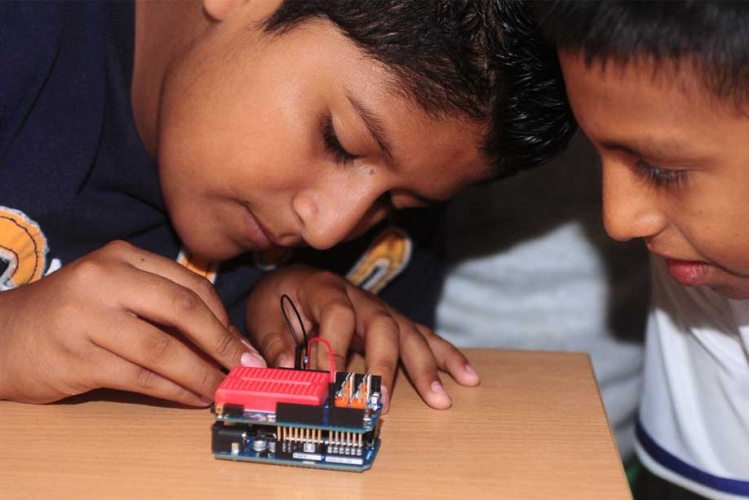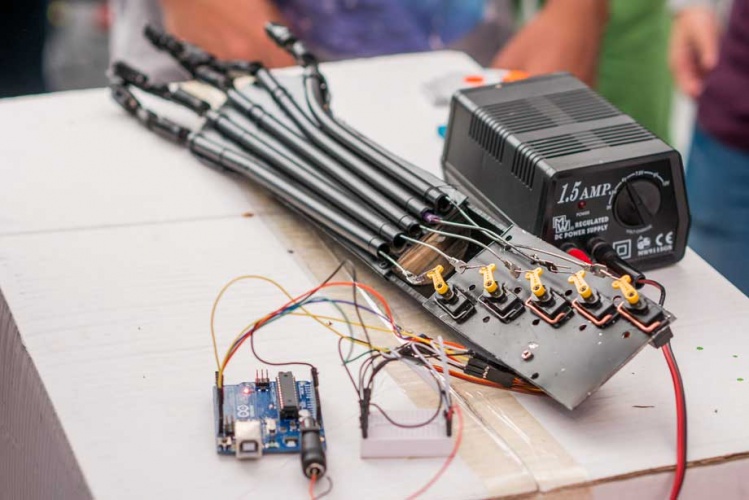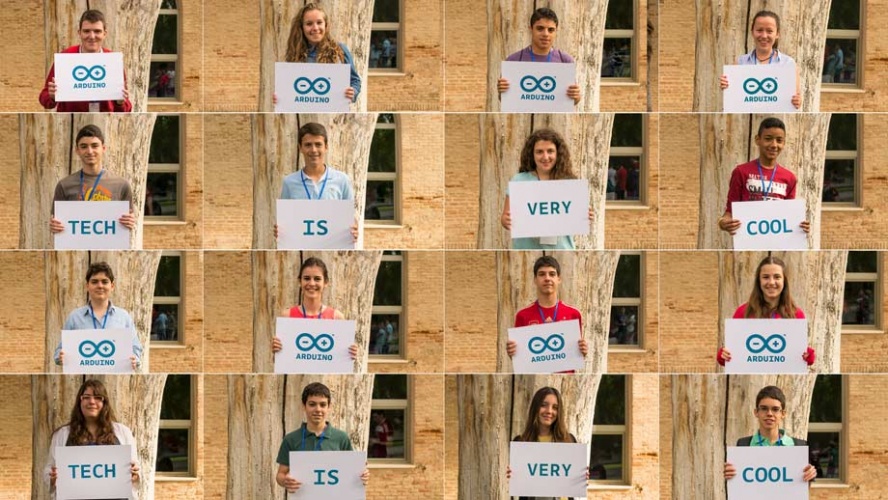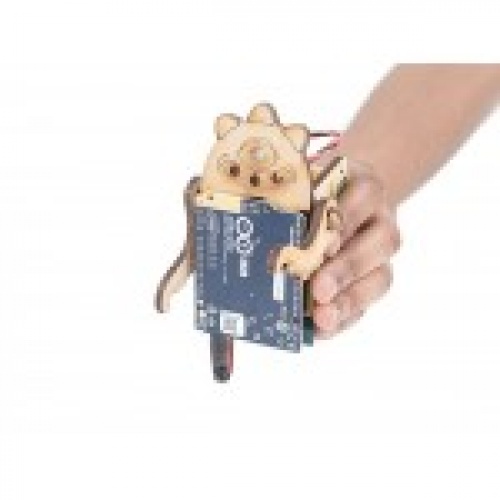
Arduino CTC 101
Arduino CTC 101 is a project-based learning course for creative use of electronics and programming. It is a very comprehensive tutorial for the subject and allows students to learn, rehearse and create things themselves. The course includes online materials and a learning platform, training for teachers and all materials needed for running the course and creating the projects.
The Creative Electronics and Programming course is a 38-hour course for secondary schools and self-studying. The course combines students' interests and creative ambitions with programmable electronics and prototyping. Design and project work together with working in the Arduino environment aim to provide an empowering learning experience.
The pedagogical analysis covers how the product supports learning of the identified skills. The student’s role is assessed by four contrary pair parameters, which are selected to cover the most essential aspects on the use of the product.
The following are the high educational quality aspects in this product.
The supported learning goals are identified by matching the product with several relevant curricula descriptions on this subject area. The soft skills are definitions of learning goals most relevant for the 21st century. They are formed by taking a reference from different definitions of 21st century skills and Finnish curriculum.






User reviews for Arduino CTC 101
You need to log in to post a review.